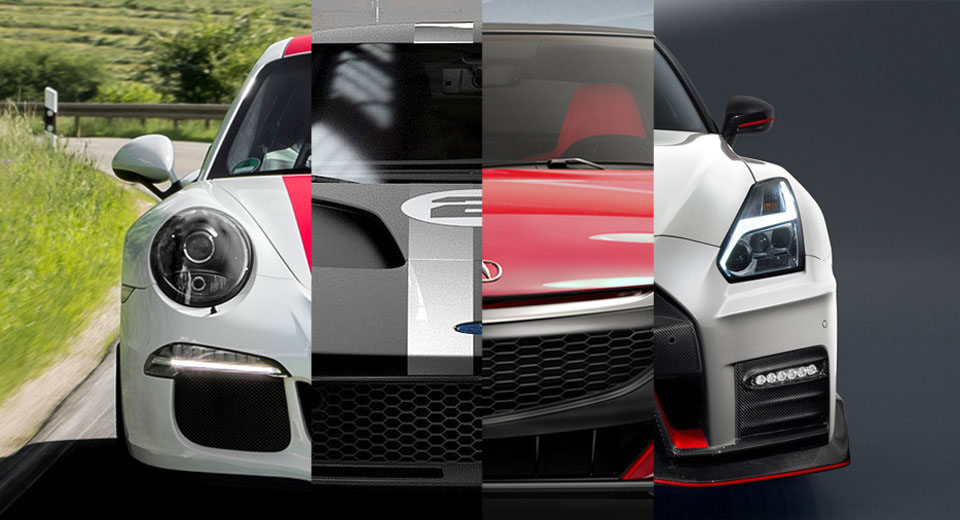Just the other day, we brought you a report that Audi was preparing to roll out a six-cylinder version of its R8 supercar to slot in below the current V10 model.
The idea may have struck you as enlightened or disappointing, but either way, Audi wouldn’t be the first automaker to roll out a six-cylinder supercar.
Sure, most of the performance machines we think of as “supercars” pack eight, 10, 12, or even 16 cylinders, but the concept of a supercar with a six-pot isn’t new. In fact four of the top-performing supercars on the road today (or soon to hit it) fire on only six pistons with engines displacing between 3.5 and 4.0 liters.
What they lack in combustion chambers they often make up with turbochargers – and, in one case, even hybrid assist. And they don’t miss a beat when it comes to performance.
Porsche 911
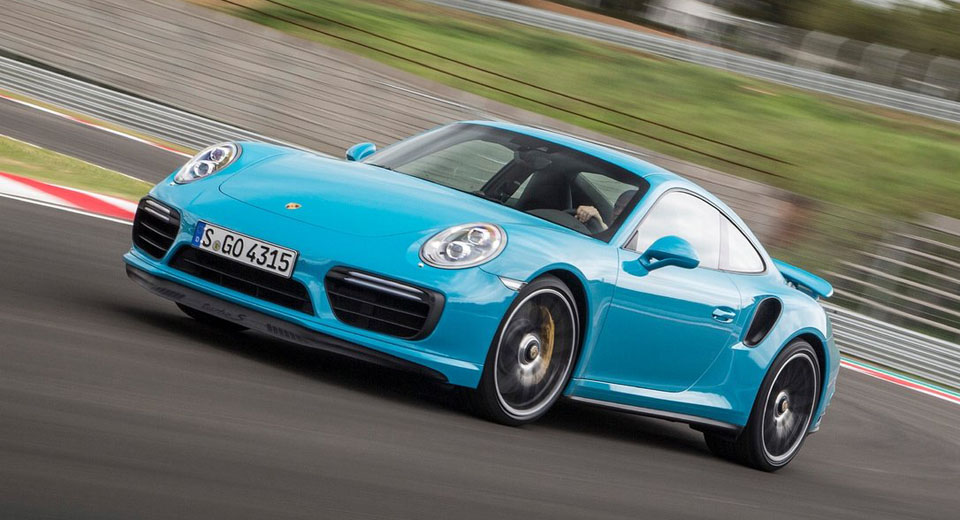
Without a doubt, the most iconic of six-cylinder supercars is the Porsche 911. It employs a flat-six engine, mounted way in the back, that has grown in displacement over the course of decades of improvement and ditching its traditional air cooling for liquid temperature management along the way.
Today’s top-performing version is the 911 Turbo S, which packs a 3.8-liter boxer boosted by a pair of turbochargers to deliver 580 horsepower and 553 lb-ft of torque to all four wheels. Equipped with Porsche’s quick-shifting PDK dual-clutch transmission and the optional Sport Chrono pack, it’ll hit 60 in 2.8 seconds and top out at 205 miles per hour.
If turbochargers and all-wheel drive aren’t your thing, though, the 911 GT3 RS is the purist’s choice. Its naturally aspirated flat-six engine displaces a nice, round 4.0 liters, produces 500 horsepower and 339 lb-ft of torque, will hit 60 in 3.1 seconds and top out at 193 mph. That may make it slower than the Turbo S, but it’ll likely put a bigger smile on your face in the process, and demand more concentration along the way.
Nissan GT-R
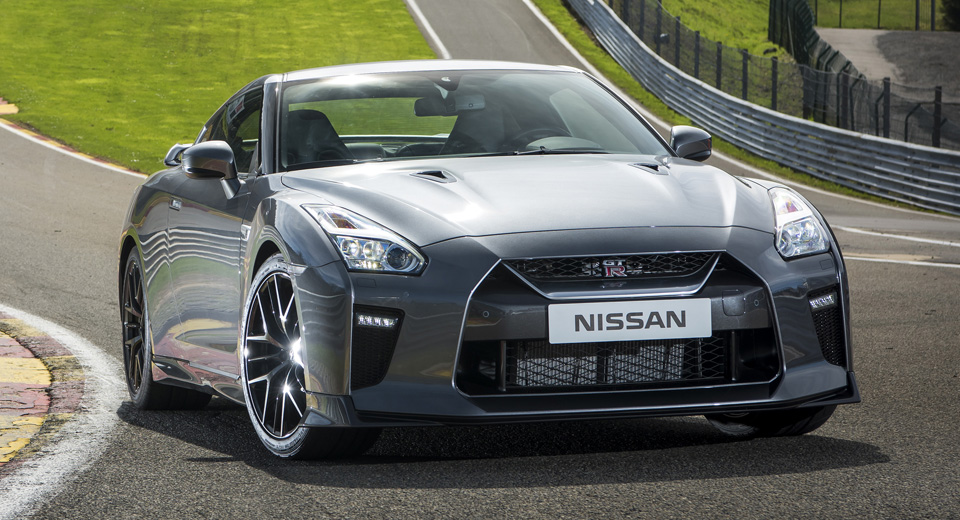
One of the 911’s chief rivals is the Nissan GT-R, which has constantly improved over the past decade since the current model’s launch. Power comes from a 3.8-lite V6, boosted by twin turbochargers. A dual-clutch transmission and all-wheel drive channel the muscle to the road, which in Nismo form comes to 600 hp and 481 lb-ft of torque. The result? A 0-60 time of 2.7 seconds and a Nürburgring lap time clocked at 7:08.679. Not bad for “only” six cylinders.
Acura NSX
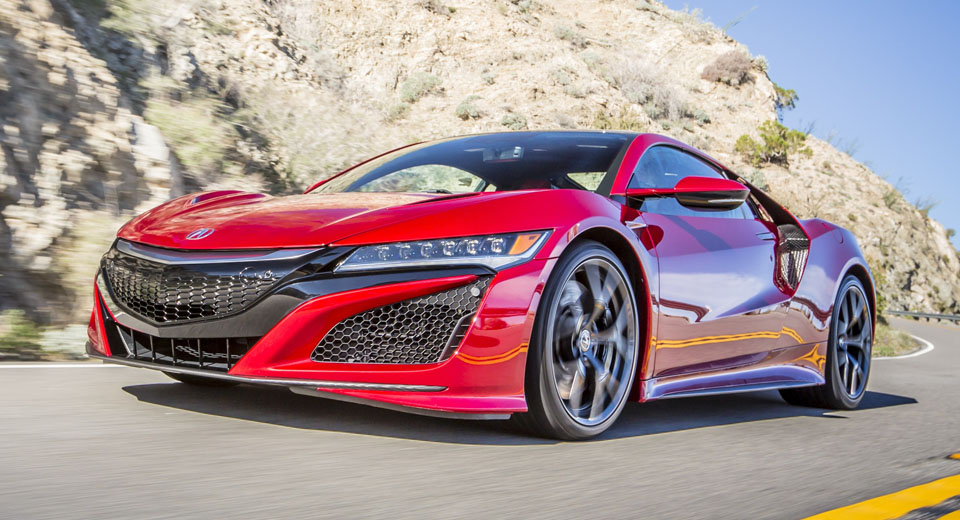
Like the original, the new NSX is powered by a V6 engine mounted amidships. Only this time it packs a pair of turbochargers and three electric motors – one incorporated into the nine-speed dual-clutch transmission and another at each of the front wheels. Displacement is also up from 3.0 liters in the original NSX to 3.5 in the new one. The net outcome is 573 hp and 476 lb-ft of torque, propelling the American-made, Japanese-engineered supercar to 60 in 2.7 seconds en route to a top speed of 191 mph. That’s what a small engine with every trick in the book will do for you.
Ford GT
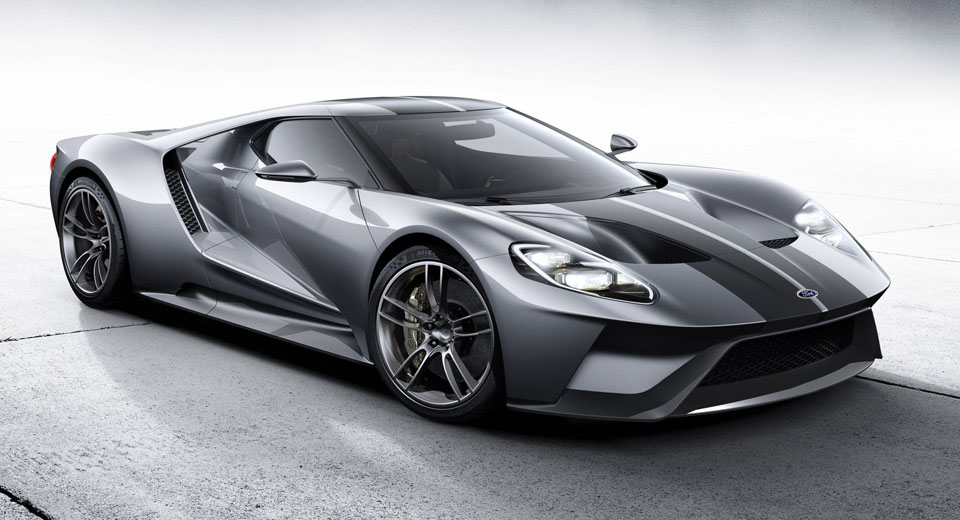
The original Ford GT40 packed a mammoth V8 engine displacing as much as 7.0 liters. The Ford GT that paid tribute to the legend a decade ago used a 5.4-liter supercharged V8. But this time around, Ford used the second-gen GT to promote its EcoBoost technology. Its 3.5-liter twin-turbo V6 produces over 600 horsepower. Final output and performance figures are still to come, but you can bet the new Ford GT will trounce many a supercar with much bigger engines.



